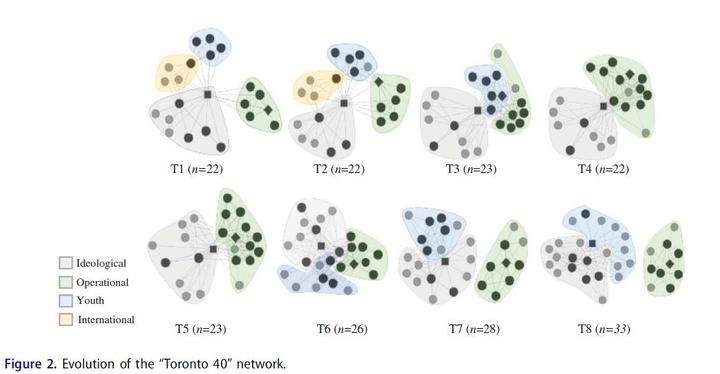The 40 members of the Toronto 18 Group boundaries and the analysis of illicit networks

Abstract
Increases in studies on the network dynamics of crime groups and co-offending has led many scholars to reflect on potential measurement biases arising from a reliance on official data sources. A problem of official data is that it forces boundaries on criminal groups that are much more fluid and dynamic than they seem. Drawing from interviews with an individual embedded in a terrorist organization and court document records, we apply longitudinal network methods to examine the extent to which official data influences assessments of a criminal group Findings show that only a minority of participants interacting with the group were charged for a crime. Yet the majority had an impact on the evolution of the group. Ignoring non-criminal affiliates masks the full scope of covert groups and the variation that can assist in understanding how groups emerge and evolve.